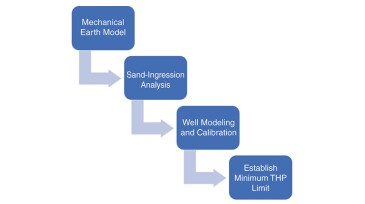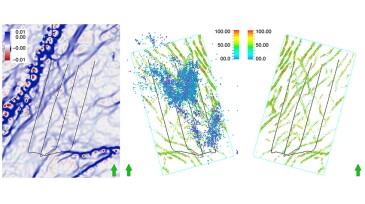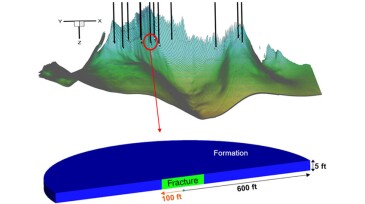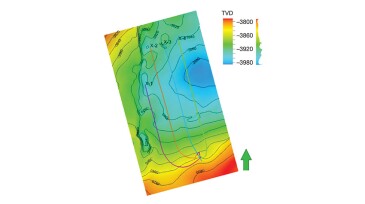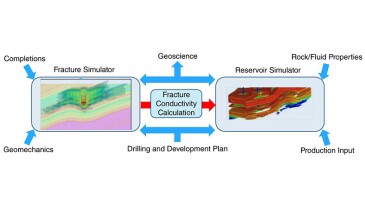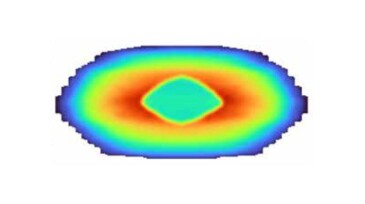geomechanics
-
The objective of this paper is to apply a developed workflow to determine the propped hydraulic fracture geometry in a horizontal multistage fractured well, incorporating production, pressure, and strain data.
-
This paper describes an automated workflow that helps mitigate sanding caused by excessive drawdown by determining the minimum tubinghead pressure.
-
Developing the theory of mechanical specific energy from the perspective of instantaneous drilling power rather than the compressive strength of the formation leads to an improved understanding of drill-bit mechanical efficiency.
-
The new lab expands the company's capabilities in the region by 20% by adding more than 30 testing stations.
-
A proposed integrated workflow aims to guide prediction and mitigating solutions to reduce casing-deformation risks and improve stimulation efficiency.
-
This paper describes a full-field and near-wellbore poromechanics coupling scheme used to model productivity-index degradation against time.
-
The authors of this paper describe a model-driven work flow developed for hydraulic fracturing design and execution that could be a resource for other shale plays with similar challenges worldwide.
-
This paper presents a case study of integrated geomechanical and reservoir simulation with a developed fracture conductivity calculation work flow to evaluate well spacing and completions design.
-
The authors of this paper write that computationally coupled models enable swift, accurate, and engineered decision-making for optimal asset development.
-
This paper describes the building of a geomechanical model for an offshore field that integrated drilling, geology, petrophysics, and reservoir data to play a major role in the drillability and deliverability of the reservoir.
Page 1 of 3


